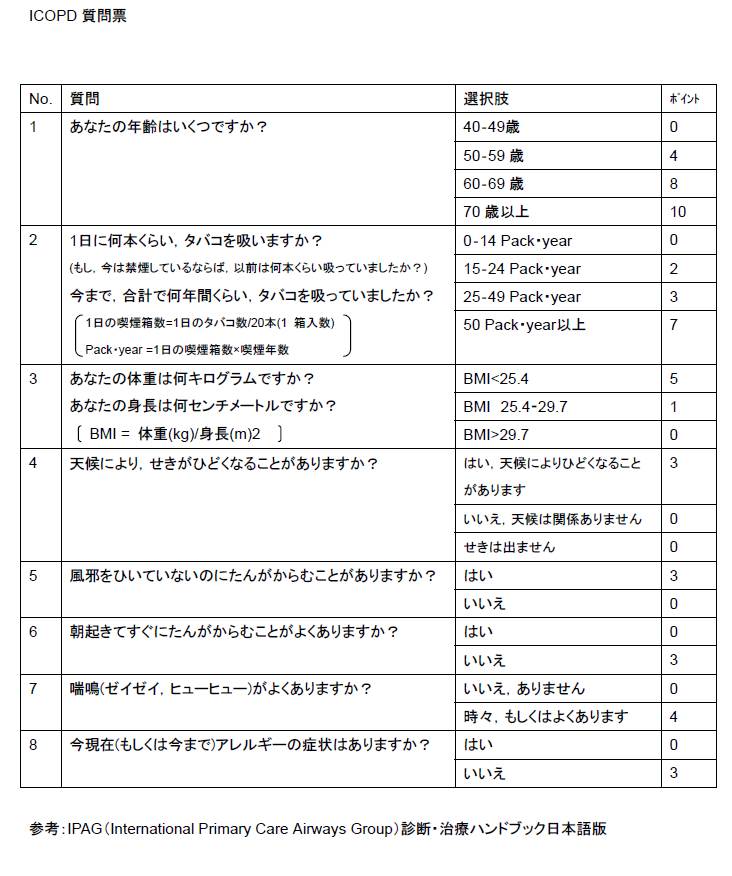さあ!新型コロナウイルスで悪くならないために禁煙にチャレンジ

新型コロナウイルス感染症と喫煙について
新型コロナウイルス感染症と喫煙との関連については、いくつかの報告があります。
WHO のステートメントによれば、WHO が2020 年4 月29 日に招集した専門家によるレビューにおいて、喫煙者は非喫煙者と比較して新型コロナウイルスへの感染で重症となる可能性が高いことが明らかになったことなどが報告されています
(WHO statement: Tobacco use and COVID-19(2020 年5 月11 日公表))。
WHO statement: Tobacco use and COVID-19
Tobacco kills more than 8 million people globally every year. More than 7 million of these deaths are from direct tobacco use and around 1.2 million are due to non-smokers being exposed to second-hand smoke.
Tobacco smoking is a known risk factor for many respiratory infections and increases the severity of respiratory diseases. A review of studies by public health experts convened by WHO on 29 April 2020 found that smokers are more likely to develop severe disease with COVID-19, compared to non-smokers.
COVID-19 is an infectious disease that primarily attacks the lungs. Smoking impairs lung function making it harder for the body to fight off coronaviruses and other diseases. Tobacco is also a major risk factor for noncommunicable diseases like cardiovascular disease, cancer, respiratory disease and diabetes which put people with these conditions at higher risk for developing severe illness when affected by COVID-19. Available research suggests that smokers are at higher risk of developing severe disease and death.
WHO is constantly evaluating new research, including research that examines the link between tobacco use, nicotine use, and COVID-19. WHO urges researchers, scientists and the media to be cautious about amplifying unproven claims that tobacco or nicotine could reduce the risk of COVID-19. There is currently insufficient information to confirm any link between tobacco or nicotine in the prevention or treatment of COVID-19.
Nicotine replacement therapies, such as gum and patches are designed to help smokers quit tobacco. WHO recommends that smokers take immediate steps to quit by using proven methods such as toll-free quit lines, mobile text-messaging programmes, and nicotine replacement therapies.
Within 20 minutes of quitting, elevated heart rate and blood pressure drop. After 12 hours, the carbon monoxide level in the bloodstream drops to normal. Within 2-12 weeks, circulation improves and lung function increases. After 1-9 months, coughing and shortness of breath decrease.
WHO stresses the importance of ethically approved, high-quality, systematic research that will contribute to advancing individual and public health, emphasizing that promotion of unproven interventions could have a negative effect on health.
11 May 2020 Statement
投稿者プロフィール

-
からだ整えラボ
① 医学=呼吸器・アレルギー
② 生活=腸・温活・食・睡眠・肌
③ 幸福=働き方・環境・園芸
“病気を診るだけでなく、人をまるごと診たい”
——その思いを胸に、学びを続けています。
医学的根拠 × 生活習慣 × 心の豊かさ
三位一体の医療をめざしています。
資格:
<医学・医療>医学博士、日本呼吸器学会認定呼吸器専門医、日本アレルギー学会認定アレルギー専門医、日本喘息学会認定喘息専門医、日本内科学会認定内科医、日本喘息学会認定吸入療法エキスパート
<予防医学・代替医療・環境>
カラダ取説®マスター・ジェネラル ← NEW✨
環境省 環境人材認定事業 日本環境管理協会認定環境管理士、漢方コーディネーター、内面美容医学財団公認ファスティングカウンセラー、日本セルフメンテナンス協会認定腸内環境管理士、腸内環境解析士、日本温活協会認定温活士、薬膳調整師、管理健康栄養インストラクター、食育健康アドバイザー、日本フェムテックマイスター協会公認フェムテックマイスター®上級、公認妊活マイスター®Basic、日本スキンケア協会認定スキンケアアドバイザー、メンタル士心理カウンセラー、アーユルヴェーダアドバイザー、快眠セラピスト、安眠インストラクター
<文化・生活>
日本園芸協会認定ローズ・コンシェルジュ、ローズソムリエ®(バラ資格)
<受賞歴>
第74回日本アレルギー学会学術大会「働き方改革推進奨励賞」受賞
最新の投稿
 クリニックだより2025年11月23日【医療×文化人類学】私は診察室で “フィールドワーク” をしている。
クリニックだより2025年11月23日【医療×文化人類学】私は診察室で “フィールドワーク” をしている。 からだ整えラボ2025年11月23日🍊【スーパーで巨大な“渋柿”に遭遇!】さて、どうしようかナ?🤔💭
からだ整えラボ2025年11月23日🍊【スーパーで巨大な“渋柿”に遭遇!】さて、どうしようかナ?🤔💭 クリニックだより2025年11月22日🌸【大切なお知らせ】重症花粉症のゾレア治療について:新規患者さまの受付を停止します
クリニックだより2025年11月22日🌸【大切なお知らせ】重症花粉症のゾレア治療について:新規患者さまの受付を停止します クリニックだより2025年11月22日🚨【速報】12月は「初日からピーク突入」!😷
クリニックだより2025年11月22日🚨【速報】12月は「初日からピーク突入」!😷





